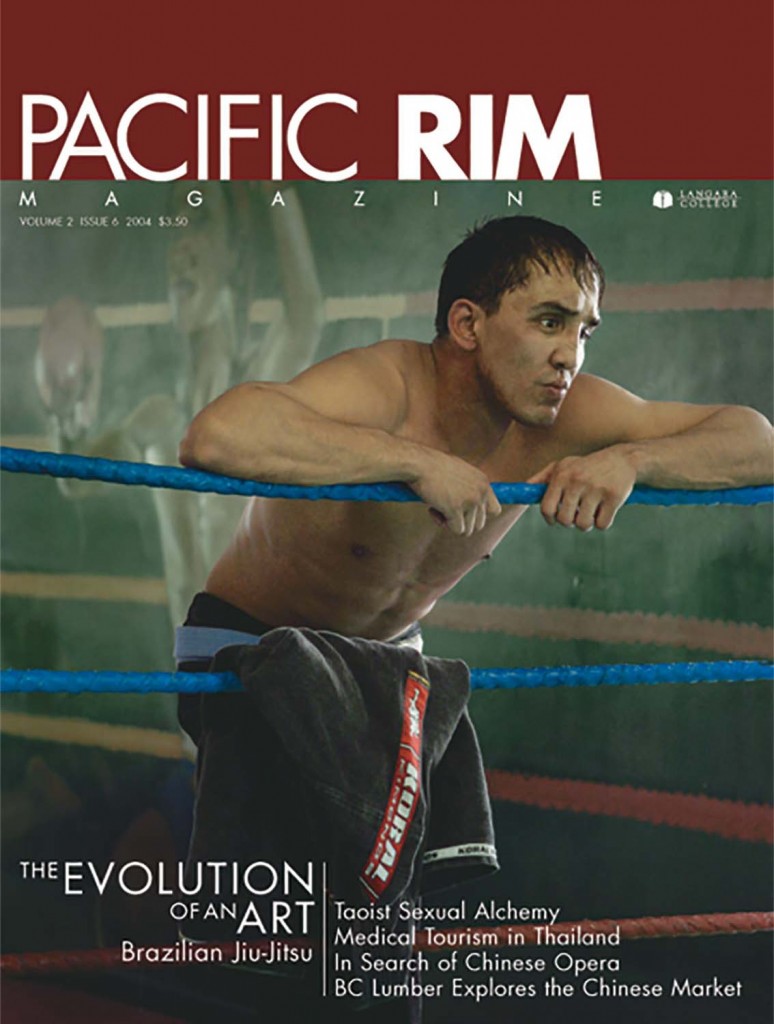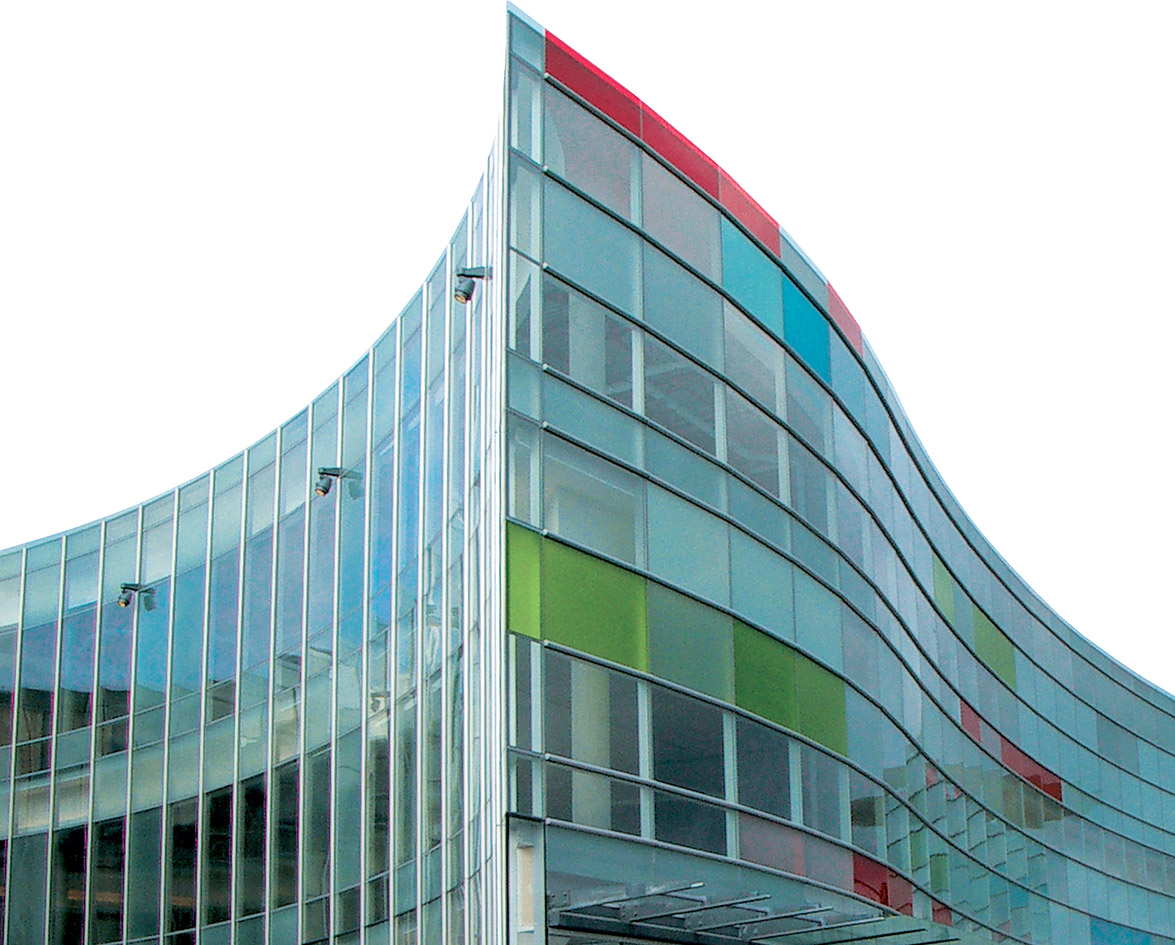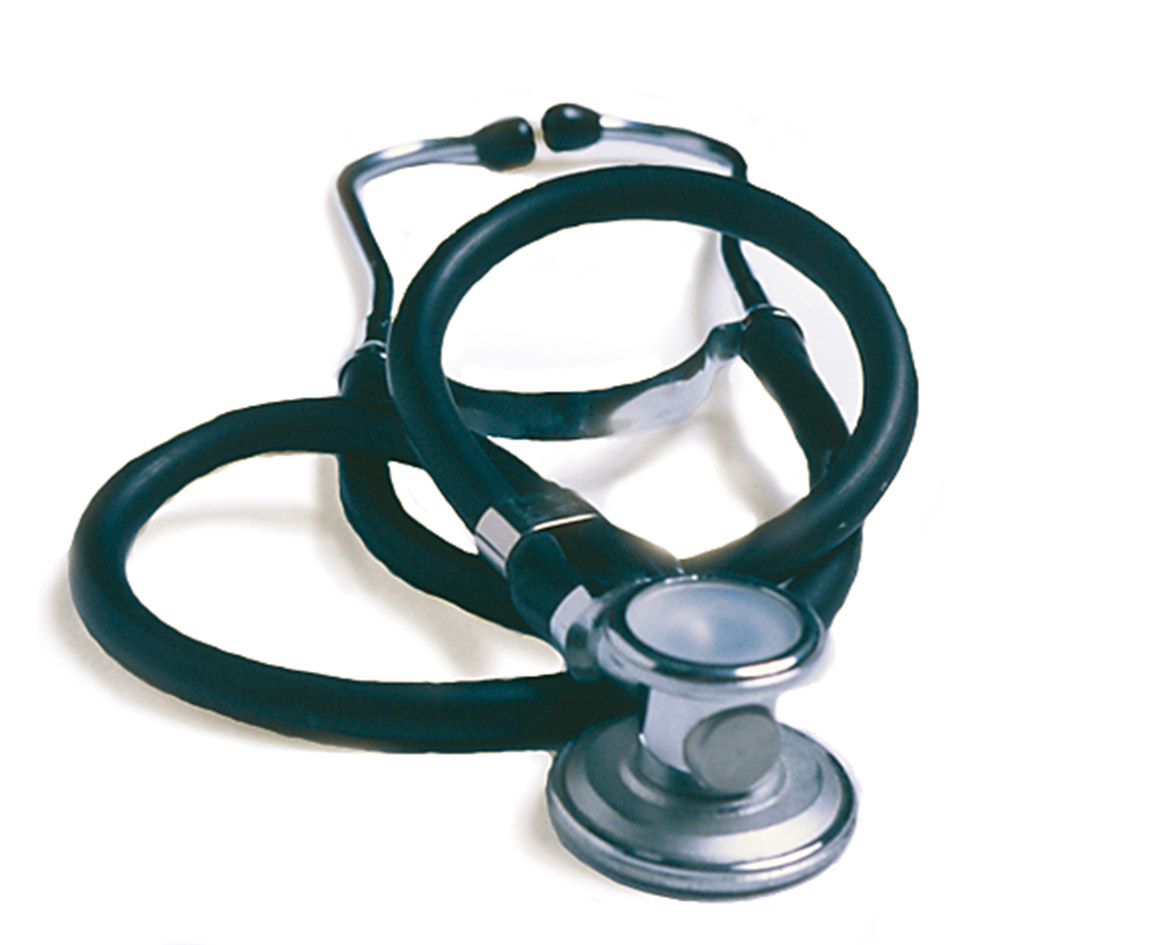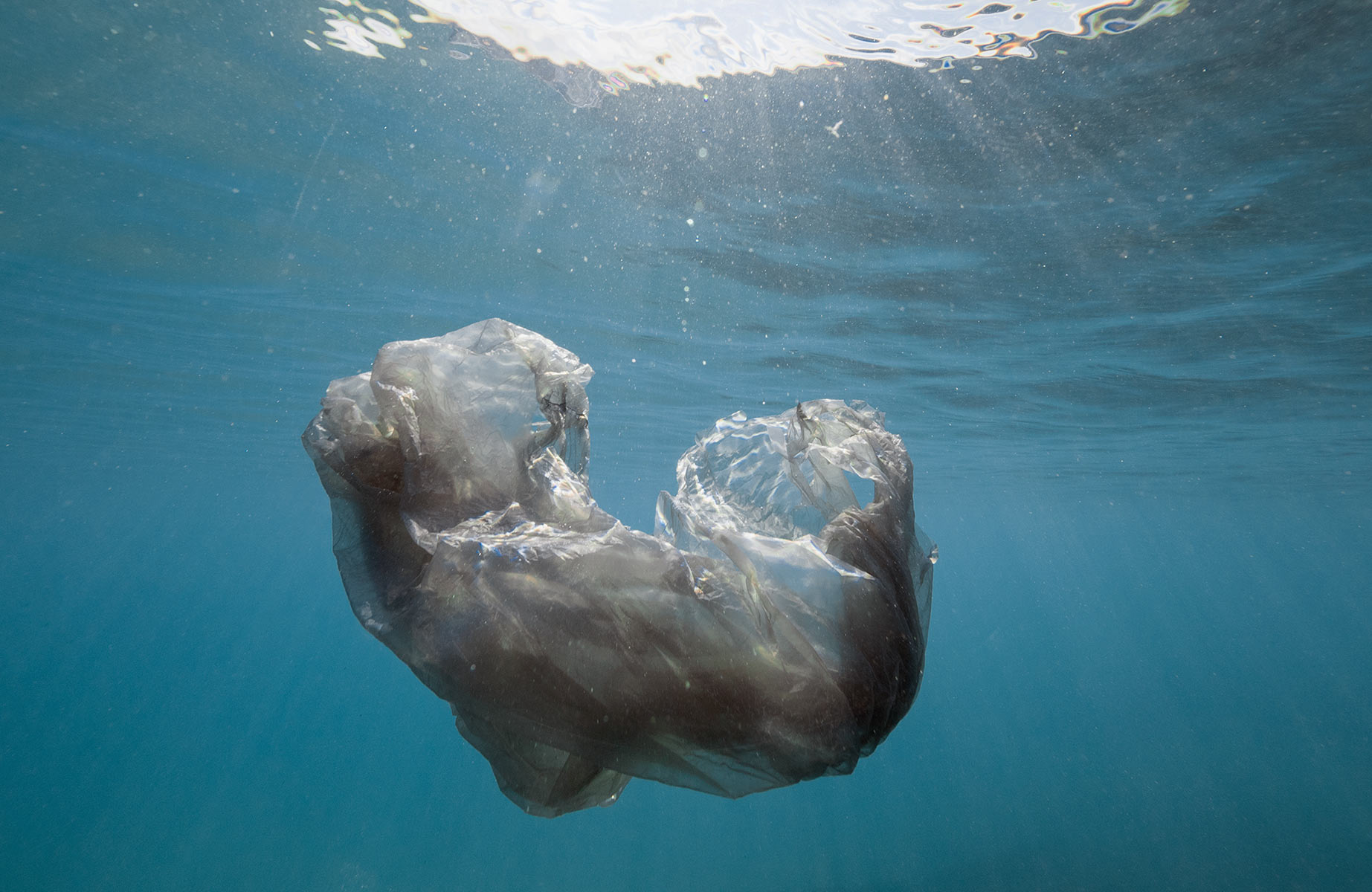The alarm rings. You sit up, feeling groggy. Something catches in your throat and you have a coughing fit. You walk to the window and throw the curtains open to view the mountains. You stare into a heavy grey cloud that envelops the peaks you remember so clearly from childhood. You sigh and briefly glance at an old photograph instead. As you’re leaving for work, you slip a surgical mask over your mouth before stepping out the front door.
This may not sound like an ordinary morning to you, but it could one day be. Every city must combat air pollution. Andrew Wiens, a former Vancouver resident living in Greater Seoul, recalls his experiences with air pollution in Korea: “In 2002, in the fall, there were some days when the pollution looked like regular fog.” The view of the mountains was clear when Wiens first arrived in May 2001, but nearly two years later, the mountains were nothing more than a bluish haze.
Like Seoul, Vancouver is a city surrounded by mountains, which have a direct effect on its air quality. Though not to the same extreme as Seoul, Vancouver is also struggling to achieve and maintain good air quality. The treasured and familiar sight of Vancouver’s mountains may one day be a rare event.
Pollutants In The Air
Two pollutants, ozone and fine particles, are a major concern for human health in cities everywhere. While ozone protects us from ultraviolet radiation high up in the atmosphere, it becomes harmful when it is near the surface of the earth. Fine particles, called PM, or particle matter, can be carried deep into the respiratory system causing serious damage to health. PM can also contribute to visibility problems.
Ozone is created when emissions like those from automobiles mix and react with other polluting agents in the air. Motor vehicle emissions are also major contributors to PM pollution. Like ozone, there are many different sources of PM. According to Dr. Michael Brauer, professor and director of the School of Occupational and Environmental Hygiene at the University of British Columbia (UBC), research indicates that the fine particles from motor vehicles have a stronger effect on health than larger particles from other sources.
“There are few things more stupid than driving to Safeway to buy a litre of milk in a vehicle designed for hunting elephants.”
Another source of air pollution in Vancouver is long-range air pollutants, states Dr. Ian McKendry, professor of Geography at UBC. Carried by wind currents, these pollutants can come from anywhere in the world. The time of year is key. In Vancouver, many pollutants are carried over from Asia in spring when weather conditions create a direct route across the Pacific Ocean. Pollutants can travel by air from Asia to Vancouver in just six days. Once they arrive, Vancouver’s mountains create ideal atmospheric conditions allowing these pollutants to settle over the Lower Mainland.
Three types of pollution make their way over land and sea to Vancouver. The first is dust. Depending on the meteorological conditions, dust can be carried across land and ocean, waiting for conditions that allow it to mix with lower air currents.
The second is persistent organic pollutants such as PCBs and DDT. They vaporize into the air in hot climates, travel over the Pacific and condense with snow or rain in cold climates. While their strength is low, they concentrate in food chains and can be harmful. Evidence of this type of long-range pollution has been found in animals such as orcas and bald eagles.
The third long-range pollutants are emissions from industrial and urban areas. The rapid increase in urban-based pollution in Asia is reflected in the higher emissions found in background pollution, or air from the Pacific Ocean. This means pollution from cities in Asia affects Vancouver’s air quality. Long-range pollutants, however, don’t just travel one way. Emissions from Vancouver are also transported to other areas of the world.
Problematic Beauty
Although beautiful, the mountains in Vancouver and Seoul create ventilation problems for both cities. Vancouver’s location on the ocean both increases and helps to diffuse this problem. Pressure created by the different temperatures of land and sea causes ocean breezes to pick up. While they help disperse concentrations of poor air, the breezes also circulate over the city. Instead of dispersing the poor air from the city, the breezes actually ensure that the pollutants keep coming back. This is especially the case in summer when the land is much warmer than the ocean. These types of air currents are one reason why pollution in Vancouver can be particularly bad in the summer.
Wiens felt the effects of poor air quality first hand. After two years in Greater Seoul, he returned to Vancouver with lung problems. Initially believing it to be a resurgence of childhood asthma, his lungs cleared after two months in Vancouver. Doctors attributed his health problems to air pollution.
The most serious effects of air pollution to human health are increased deaths and shorter life expectancy, an occurrence that has been seen in Vancouver. Lesser impacts include a higher number of hospital visits, asthma attacks and effects on the heart and lungs. Hardest hit are the elderly, especially those with pre-existing heart or lung conditions. Also affected are asthmatics and infants. Research currently suggests that air pollution can affect birth outcomes, leading to pre-term birth, or low birth weight. In addition, there is some evidence that air pollution can cause lung cancer. “If you lived in a more polluted city, your risk of developing lung cancer, even if you were a non-smoker, is greater than if you lived in a cleaner city,” says Brauer.
Because emissions from motor vehicles are especially harmful, people living 300 to 500 metres from major roads are more affected by poor air quality, notes Brauer. There are even cases of people developing asthma from living near highly trafficked roads.
Cleaner Air In The Works
Vancouver is working hard toward cleaner air. The Greater Vancouver Regional District has established an air quality management plan. According to Dr. Douw Steyn, associate dean of Graduate Studies and professor of Atmospheric Science at UBC, it is among the best in the world: “Of all cities I know, [Vancouver] has probably the most effective air pollution monitoring, management and control organization.”
Programs such as AirCare, Vancouver’s automobile emissions inspection and control program, have done a great deal to improve air quality. “AirCare allows us to understand what we’ve achieved,” says Steyn. He continues to say that AirCare has reduced the amount of the most polluting vehicles on the road, replacing them with low-emitting vehicles, thereby reducing total emissions. This has made a demonstrable improvement in Vancouver’s air quality.
But each city’s management plans can only do so much. There are still too many cars on the road. Emphatically, Steyn remarks, “There are few things more stupid than driving to Safeway to buy a litre of milk in a vehicle designed for hunting elephants.” McKendry, like Steyn, feels that problems of air pollution would be greatly reduced if people stepped out of their cars. For example, if people lived closer to work, they could walk or ride their bike, or if vehicle co-op programs were started up, the levels of pollutants in the atmosphere would go down. “Remember this,” says Steyn, “people can live for 60 days without food, six days without water, and six minutes without air.”











